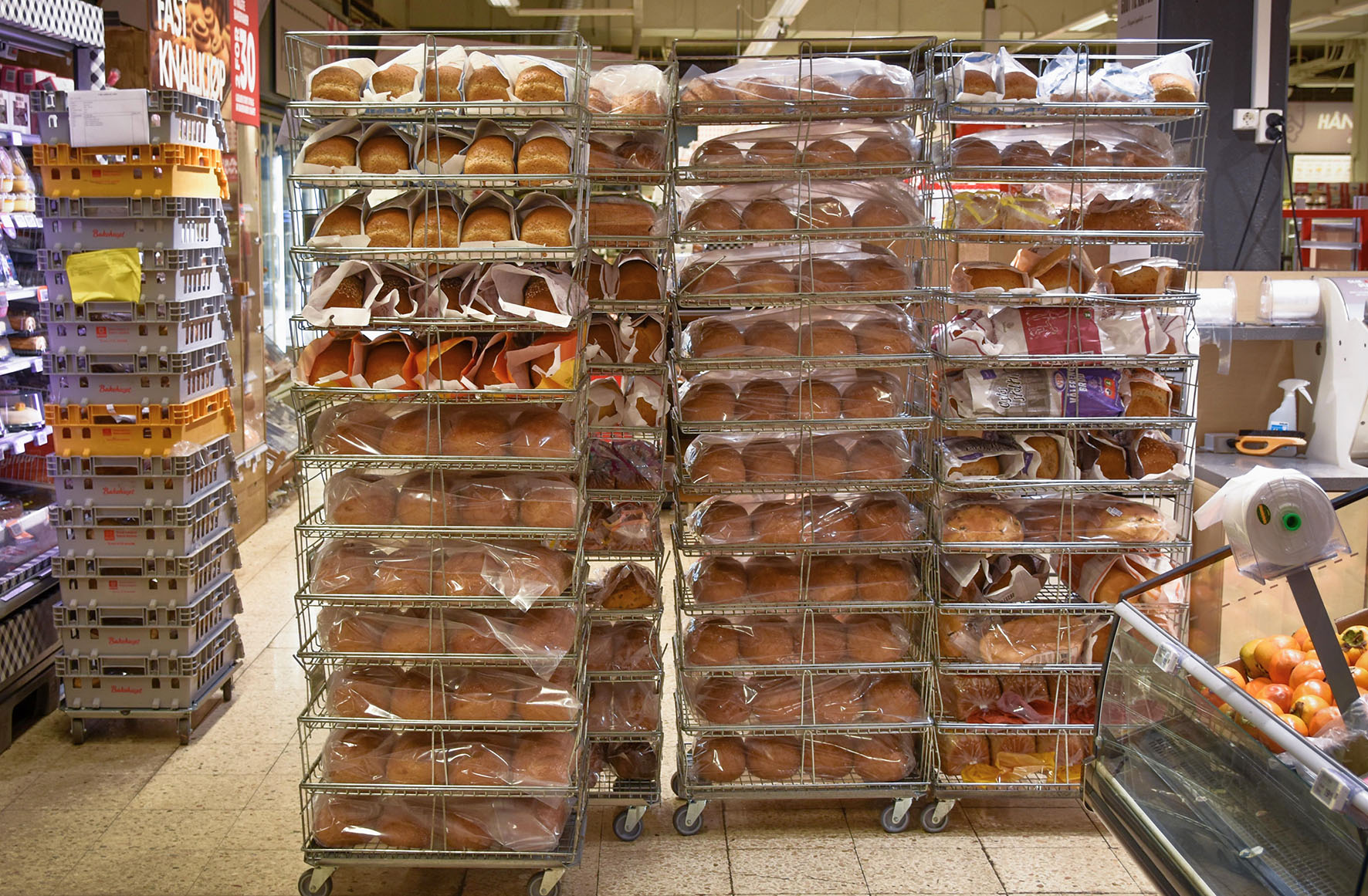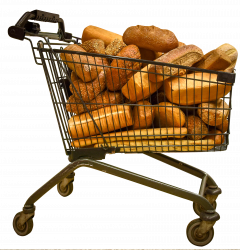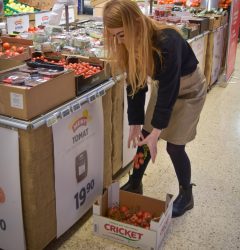08 Jul

The World Is Determined To Do Something. Have You Started?
United Nations Sustainable GOAL 12:
“Ensure sustainable consumption and production patterns» includes amongst its objectives to «Halve per capita global food waste at the retailer and consumer level, and reduce food losses along production and supply chains by 2030.”
Our Bread Waste Management system for grocery retailers will reduce your bread wastage by more than 30% in participating stores. For a grocery chain with 200 stores, this represents a saving of close to 1,5 million bread a year and in addition as a bonus a saving of 1000-tons CO2 yearly.
Super easy usage and improved employee understanding
Our system is based on a combination of historical information and real-time sales data -resulting in very precise ordering and baking plans. The system is used by employees in the bakery department in grocery stores – or in individual bakeries.
Providing tasks and to-do lists on their smartphones or tablets to optimize category performance and at the same time avoid sold-out situations.
The system comes with intuitive and very easy-to-use dashboards, making it super easy for anyone in-store to use. With less than half an hour of practical training, they are ready to go. Usually, we see a reduction in wastage of more than 20% in the first week of usage.
ONE SYSTEM – 3 BASIC MODULES:
The waste management system contains three basic modules
1. PLANNER
This is the core module for reducing bread wastage. The planner gives concrete instructions in real-time of what to bake next and what to prepare for tomorrow. Follow the instructions in the planner and you have full control of an inventory of bread at any time. If something unexpected happens, weather change,s or more customers than normal, the system will adjust baking plans to meet your wastage objective. The wastage by the end of the day will be at a level that you control. This wastage is necessary to secure customer satisfaction and is usually sold at a lower price the next morning.
2. RESULTS
In this module, you get an SKU-overview of daily and weekly sales, compared to your objectives and last year’s numbers. Are you keeping your sales numbers – or even increasing sales of bestselling pieces of bread and pastry products? The system encourages the individual grocery stores to bake bread more often, at a higher frequency than before. Securing fresher bread on the shelves, satisfied customers, high sales, and full control of current inventory.
The result modules also display daily and accumulated wastage numbers in easy-to-understand tables and charts. Look at your own store or all the stores in a region to see how well you are doing compared to others. Have you already reached a saving of 30% wastage -or are you touching 40%? Many stores in our portfolio are achieving both 50 and 60% savings in bread wastage after just a few months.
3. ANALYTICS
The module: Bread Waste Analytics goes deeper into the numbers and is divided into two core elements
- Monitor exactly how each store is using the Bread Wastage Management system. How often and when are they baking? Which breads did they bake at what time? Frequency of baking and when did they start in the morning or end in the evening? This part is used by Area Managers in operations, as a tool to help them monitoring and supporting the stores in the regions they are responsible for. If something goes wrong the “Monitor” will tell you exactly what happened, for you to be able to correct it based on insights and facts.
- Store and product performances. This part gives statistics, comparisons, and facts about how well each and every store is performing when it comes to both sales and wastage. The module is a tool to learn from each other – and establish best practices. What are the best stores doing and what can our store learn from this? What are the best-selling slices of bread in other stores? Which variants have increased sales and what’s going down? The module is an “unlimited” source of information, learnings, and good ideas of how to improve.
GET STARTED
What do we need to get started?
To get started we will need to know the following:
- How many breads is the average store selling each day? Normally the numbers of average grocery stores are between 200-500 bread a day.
- How many breads is the average store wasting every day? Normally the wastage numbers of an average store are between 50-70 bread a day.
- We need real-time sales numbers. How easy is it to set up a transfer of sales data from each store in a chain?
- The stores need to do bake-offs, meaning baking bread in their stores. It is no problem if the store is also buying bread from external bakeries. We can handle most combinations of supplies but need the bake-off as a basis.
When you are ready to reduce your bread wastage, we are ready to support you. We are now rolling out our bread wastage solutions to several grocery chains and have the capacity for more. There’s nothing to wait for since the business case is excellent both for the environment and for your bottom line.
Related Post
Tags
Keywords
Tags
Resources
© 2020-2024 Link Retail. All rights reserved.











